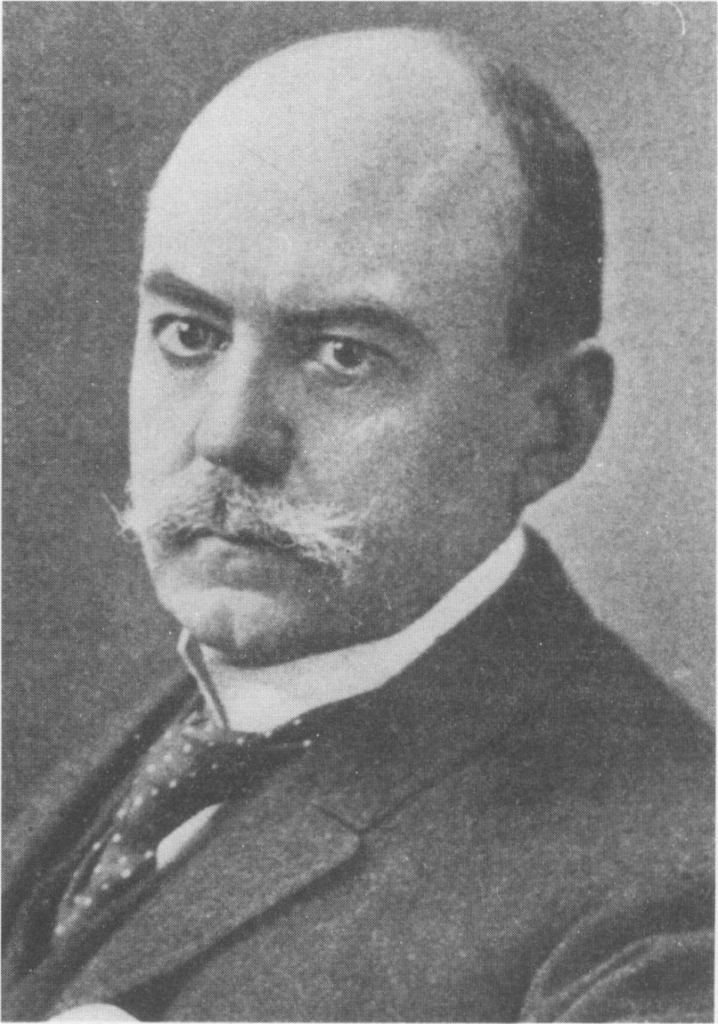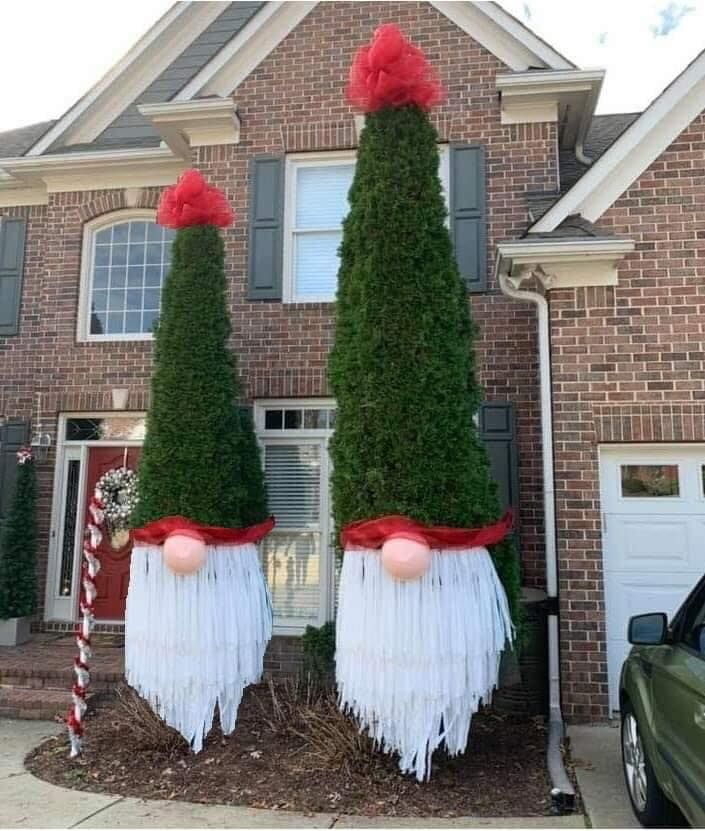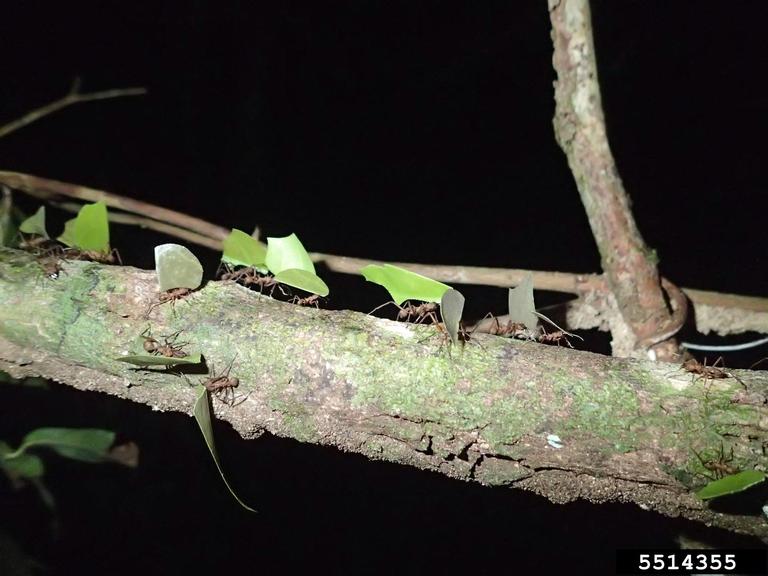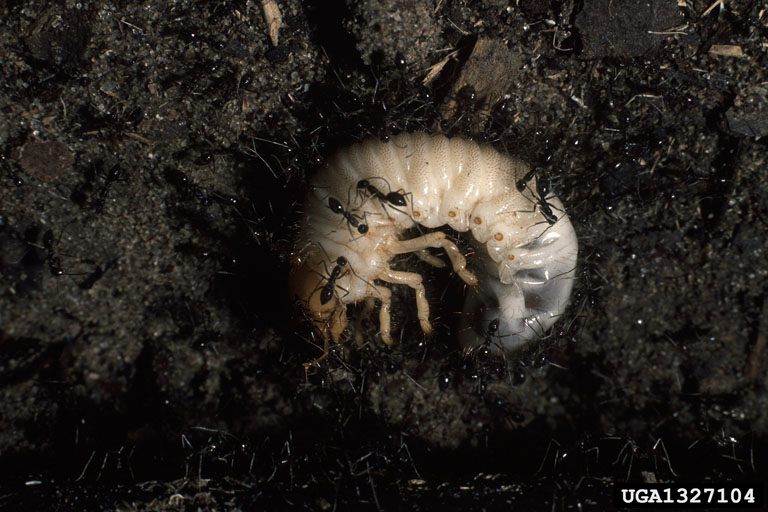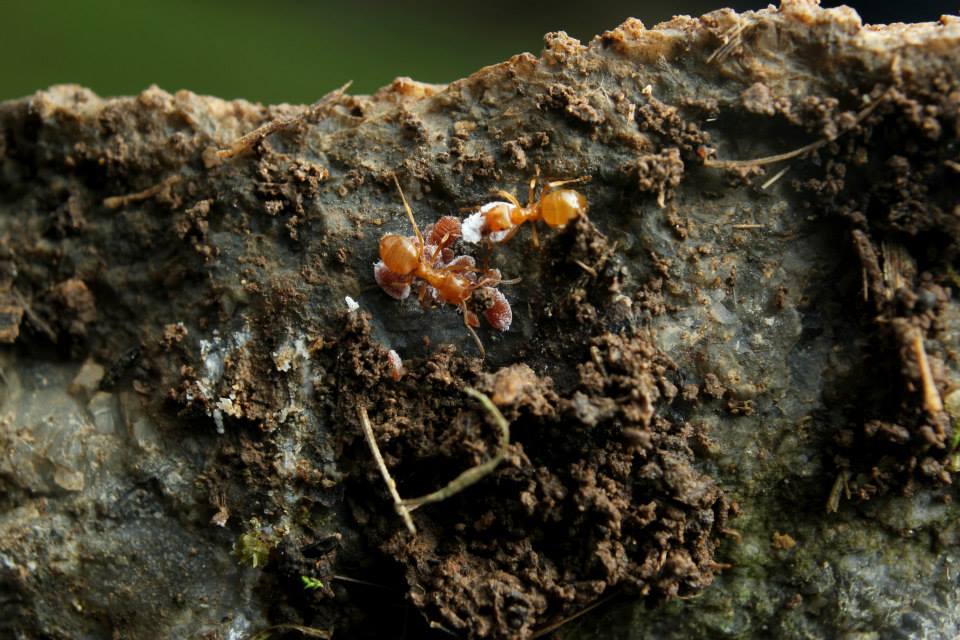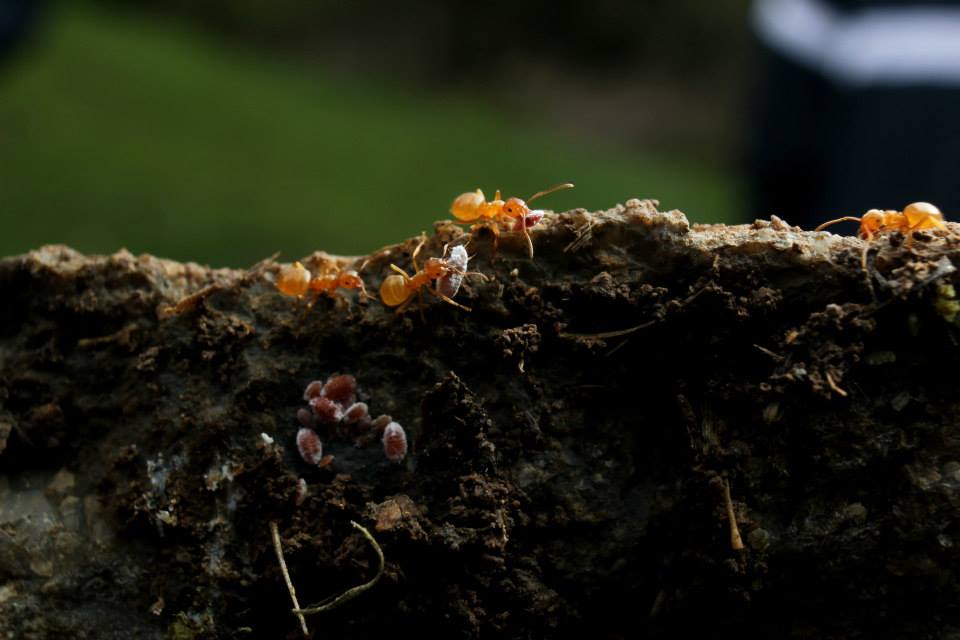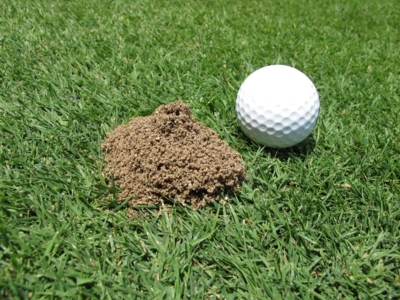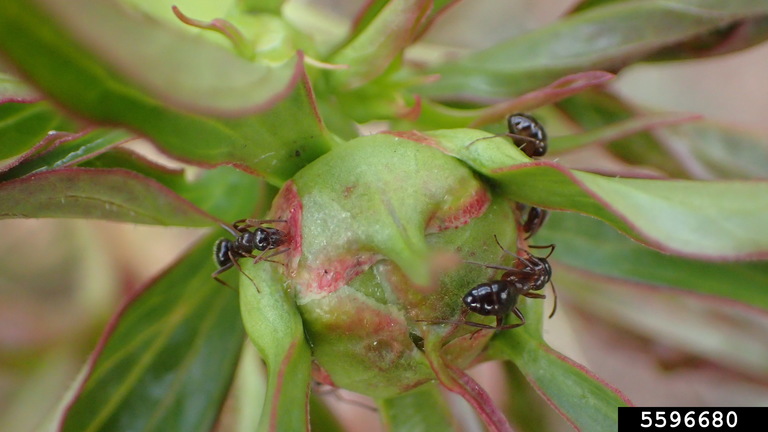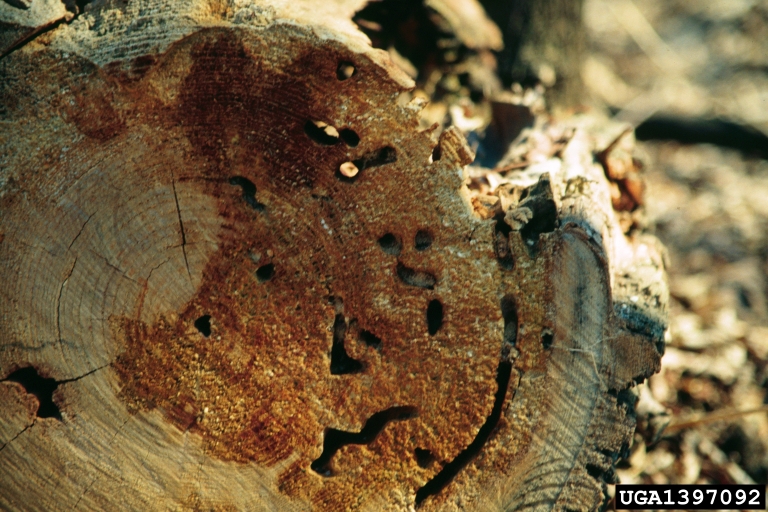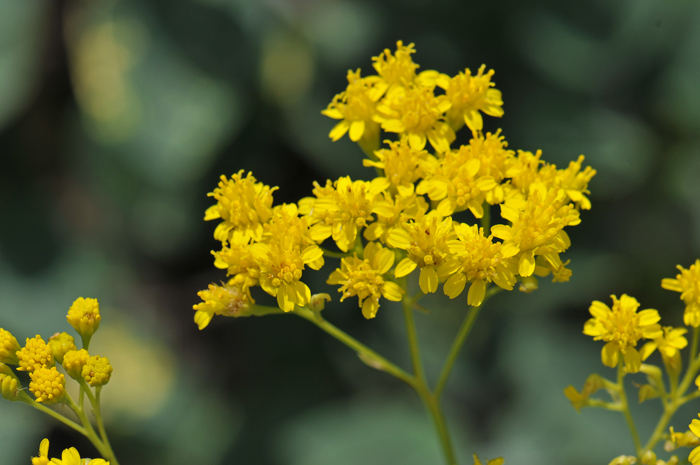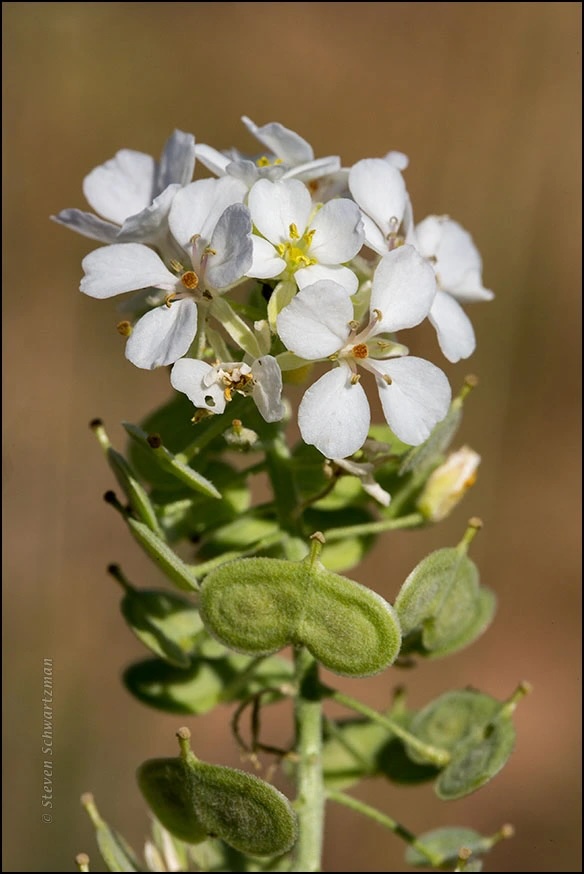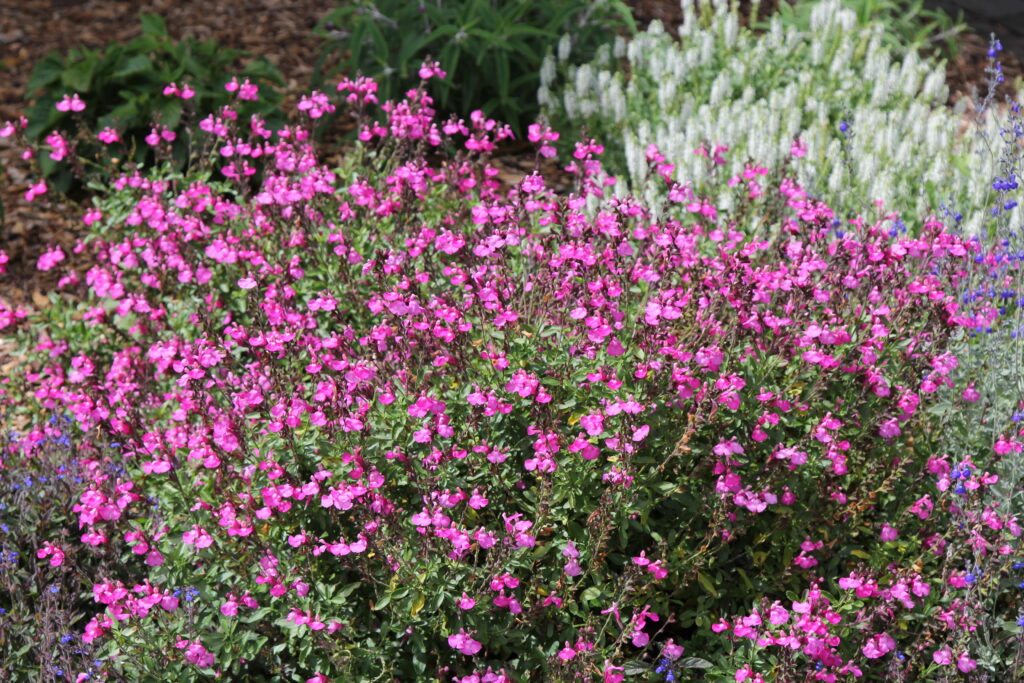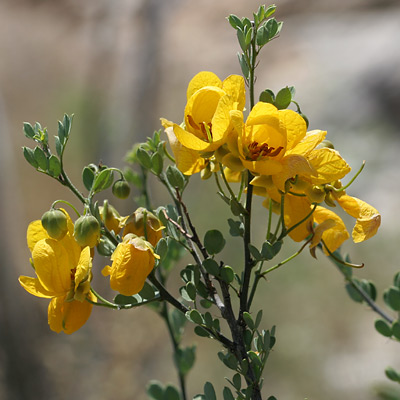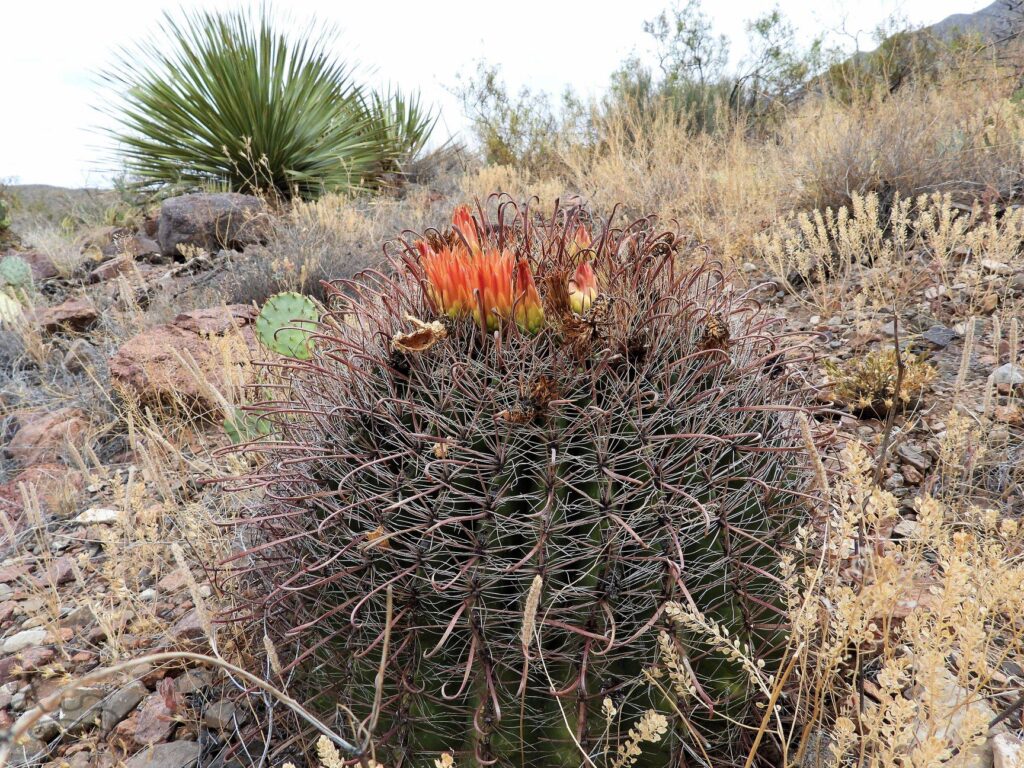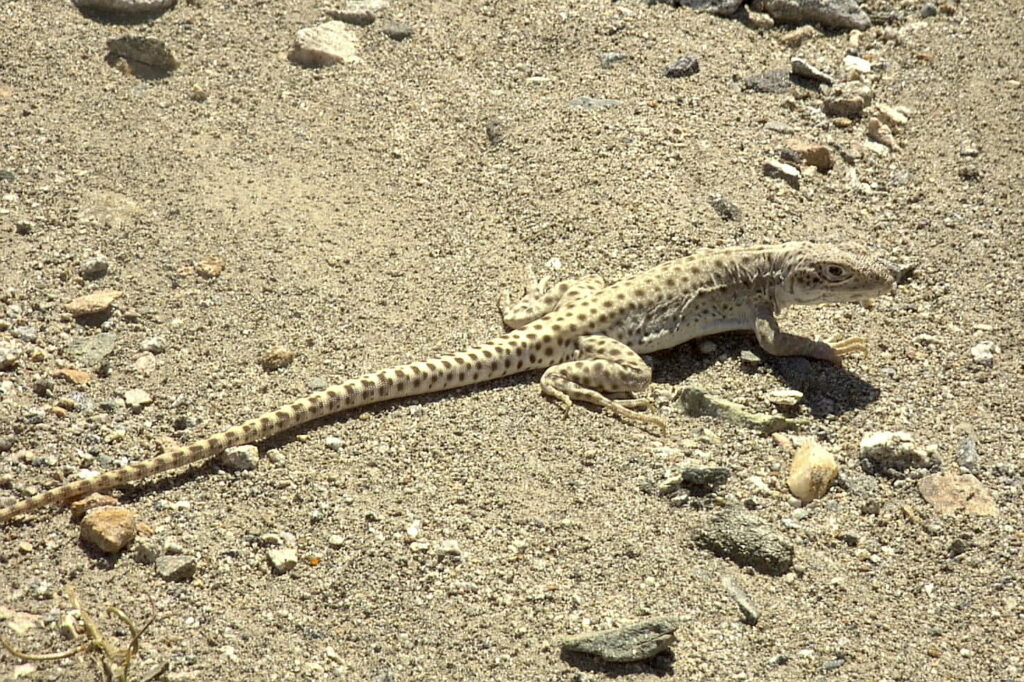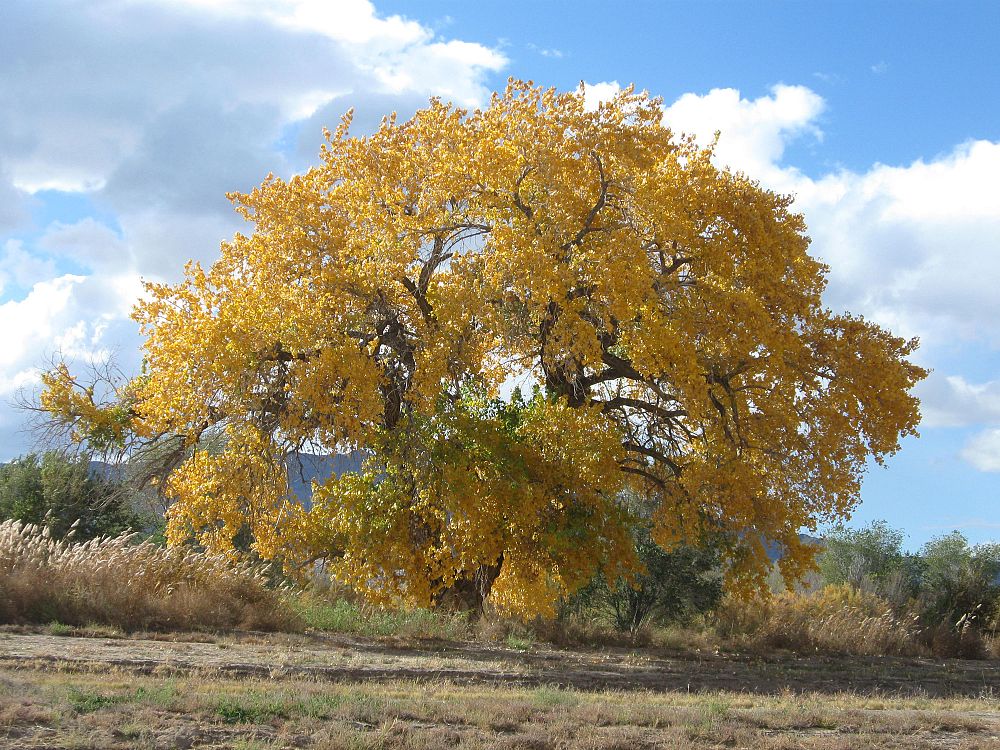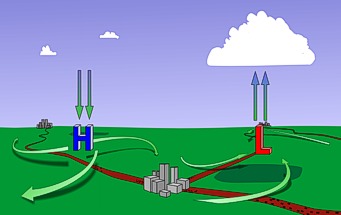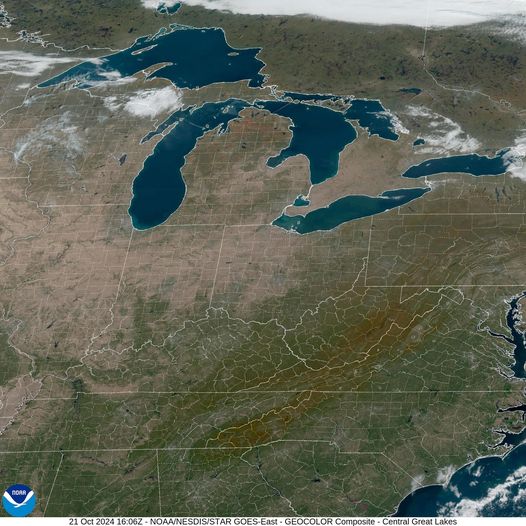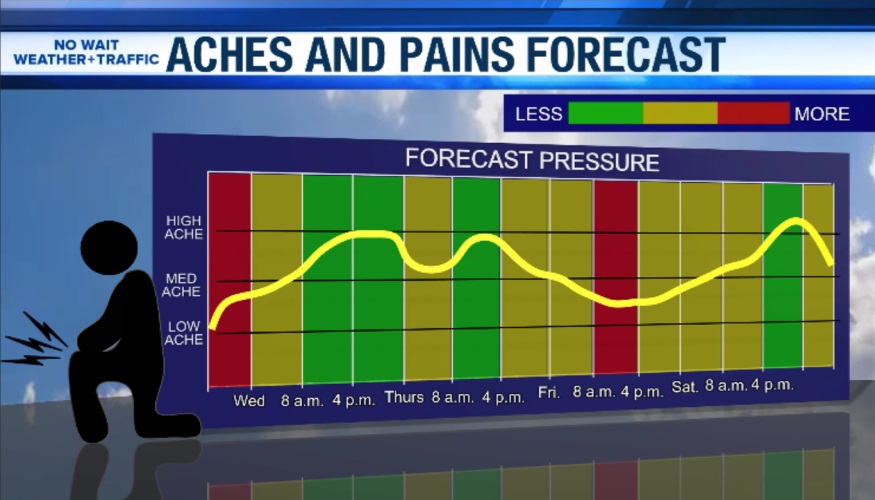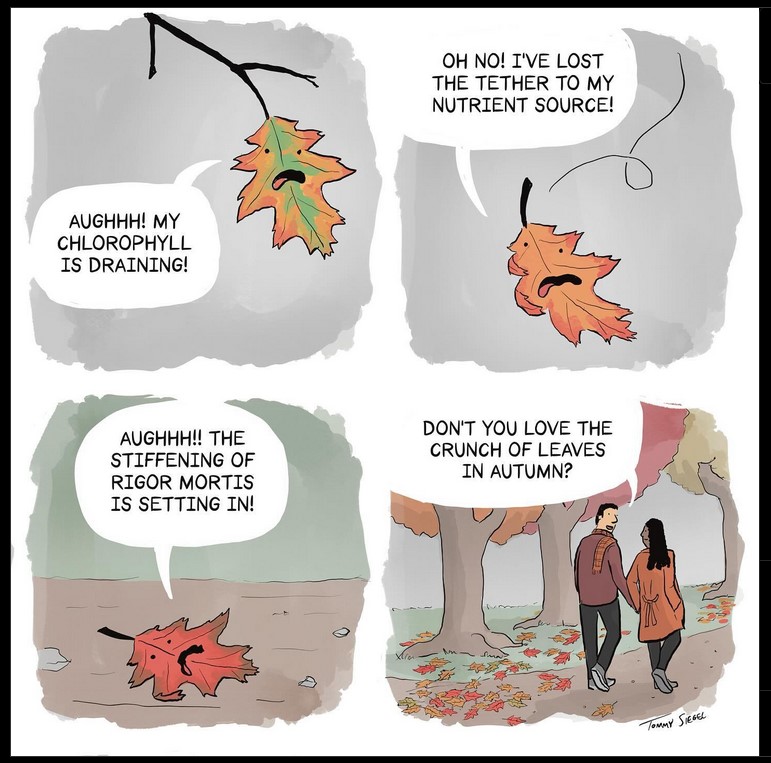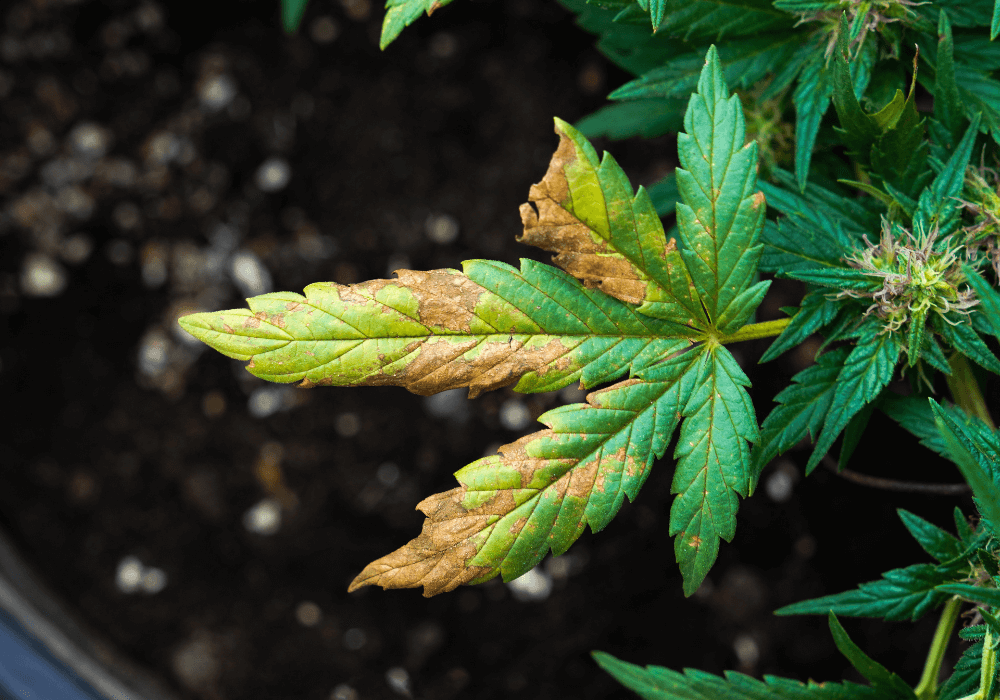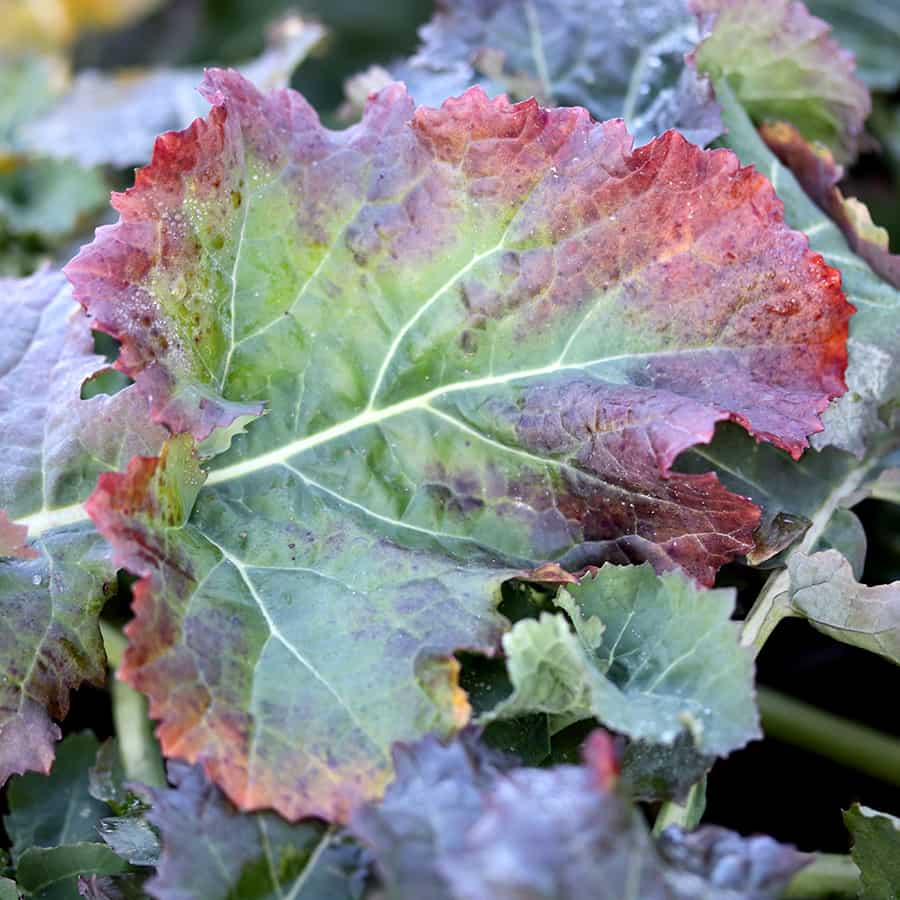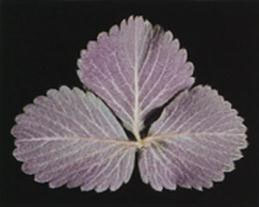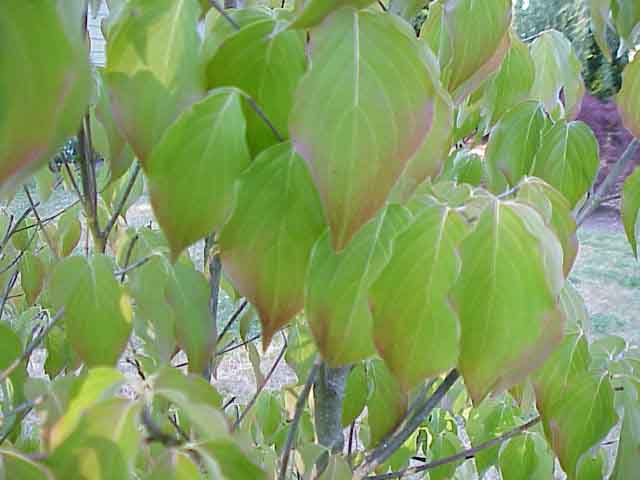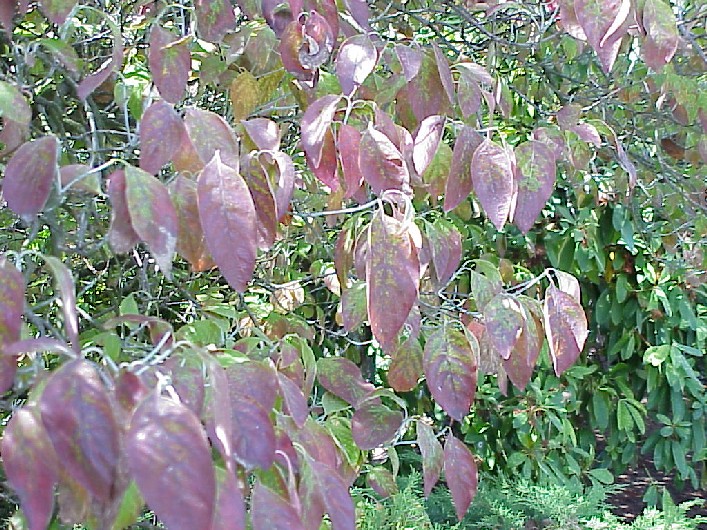Even though some may not be fond of them, we understand that most spiders are beneficial, excellent predators of arthropod pests and are extremely interesting organisms. Gardeners are often really enthusiastic about this group of arthropods and enjoy observing them in outdoor landscapes, usually at a comfortable distance. There are some of us who enjoy the company of these creatures in closer proximity, even indoors and as pets (myself included).
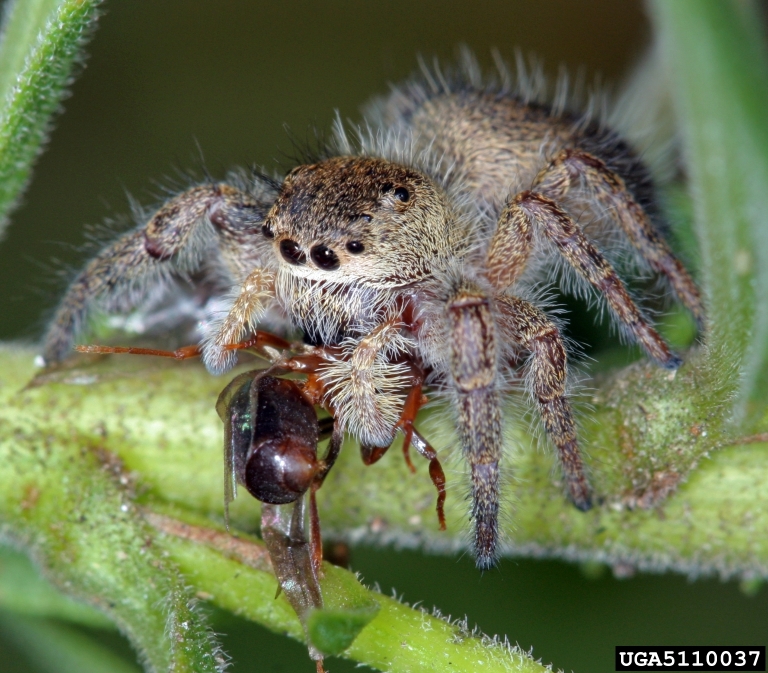
Photo: David Cappaert, Bugwood.org
Writing a post about spiders has long been on the back of my mind, and a topic that has been requested multiple times. So as I sit in front of my fireplace on this snowy Montana evening, thinking back to the several spiderwebs speckled in between my wood pile, I thought that this month would be the perfect time to do some spider research. For this post I will be focusing on the outdoor spiders that we can commonly find in our gardens: who they are, what they do, and how we can make more of a hospitable environment for them. As usual I will caveat this by saying spiders are a broad group, and since I can’t exhaustively cover them in the scope of this post I will share resources for you to learn more at the end.
Types of Spiders in the Garden
Spiders are arachnids (class: Arachnida) and share this category with scorpions, ticks, and mites. They fall within the order Araneae, containing more than 50,000 species across 134 different families, making them the largest group of arachnids in terms of species diversity. They have 2 body segments, 8 legs, chelicerae with fangs, and spinnerets that can produce silk. Although all spiders can produce silk, not all of them make webs. Nearly all spiders are venomous (except for 2 families which lack venom glands) however, most spiders either do not bite humans, do not have venom potent enough to negatively impact us, or fangs capable of penetrating our skin. Spider venom is primarily used to immobilize and subdue their prey which are often smaller arthropods like insects. There are a few spiders of medical importance (as we know) who can be found in close proximity to humans, and some people can have an allergic reaction to spider venom (like with many insect venoms). Most spiders are carnivorous, feeding on small arthropod prey, and some of them supplement their diet with plant products like nectar and pollen. One species (Bagheera kiplingi) is known to be primarily herbivorous. For the most part though, spiders are amazing generalist predators most of which are not dangerous to humans and all of which will not seek you out and hunt you down (despite what some exaggerated spider-related media and tropes may claim).
Jumping Spiders
Arguably the cutest group of spiders around, jumping spiders (family: Salticidae) can sometimes even convince the most spider averse people to take a second look in appreciation. Jumping spiders comprise the largest family of spiders, containing more than 6000 species worldwide. These often brightly colored critters with distinctly large eyes do not spin webs, but actively hunt prey, often during the daytime with their excellent vision. Aptly named for the large leaps they can make while hunting for prey or escaping threats, they can be extremely entertaining to watch around the garden. They can use their silk to make small insulated shelters under leaves, bark, or between rock cracks. They also produce compounds like glycol and other proteins which act like an antifreeze, allowing some of them to remain active in colder and even freezing temperatures.

Photo: Joseph Berger, Bugwood.org
Orb-Weavers
The characteristic mascot of spiders in the garden, orb-weavers (family: Araneidae) build the very familiar large, circular spider webs that we all can easily picture. These magnificent builders lay in wait of prey that flies or crawls onto the sticky parts of their webs. After biting their prey to immobilize it, they proceed to wrap them in silk. Most of them are active at dusk and will rebuild their webs each day.
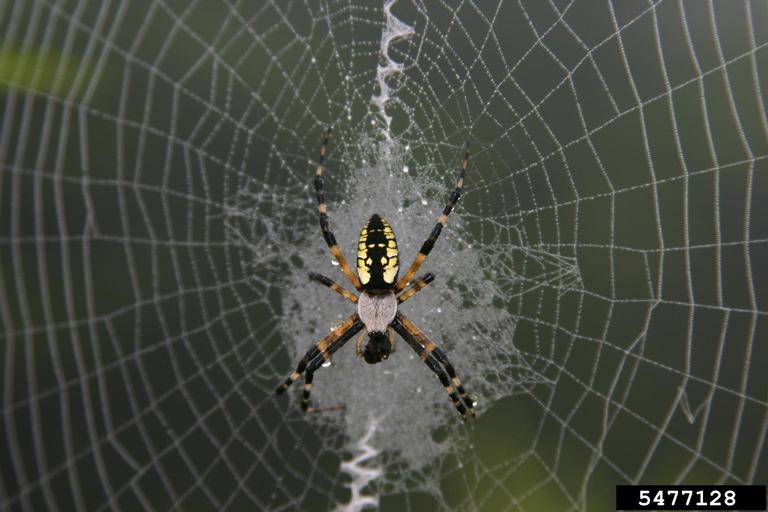
Photo: Leslie J. Mehrhoff, University of Connecticut, Bugwood.org
Wolf Spiders
Wolf spiders (family: Lycosidae) are another group of non-web spinning spiders known for their active hunting abilities. Some will wander around the ground, searching for prey, while others wait in burrows for an unsuspecting victim to walk by. These hairy grey, black, and brown spiders have excellent eyesight and many of them are primarily nocturnal hunters. Females lay their eggs in a silk sac and actively protect them by carrying them around. Once they hatch, the mother will carry these spiderlings (in some cases, over 100 of them) on her back, which is quite a spectacular sight to behold.
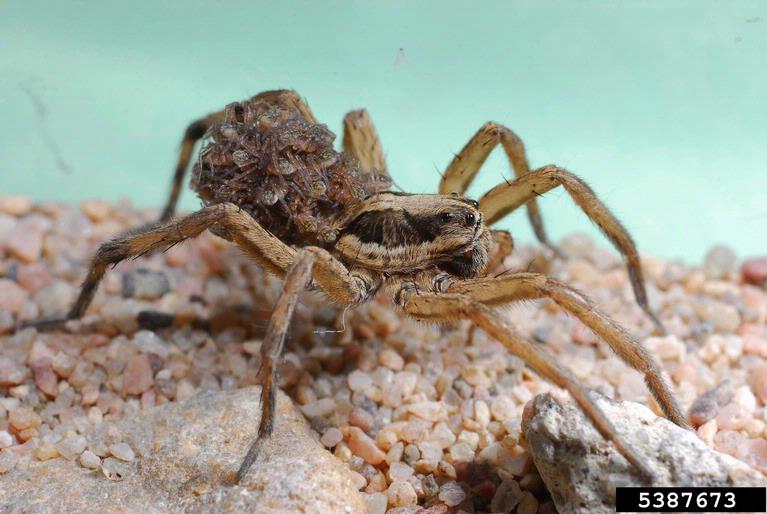
Photo: Joseph Berger, Bugwood.org
Ground Spiders
Ground spiders (family: Gnaphosidae), similar to wolf spiders, are nocturnal hunters who use their quick speed to hunt down and chase after prey. They use their sticky silk to entangle their prey, immobilizing them. This hunting behavior allows this group of spiders to target prey larger in size than themselves. During the day they can be found in silk shelters. A really cool group in this family includes the ant-mimicking ground spiders (genus: Micaria). The first time I spotted this spider under a rock in Kentucky, all of my entomological instincts were telling me that it doesn’t quite look like an ant. Upon closer observation, the 8-legs gave it away (but not before our whole group was thoroughly impressed by its ant-like appearance).
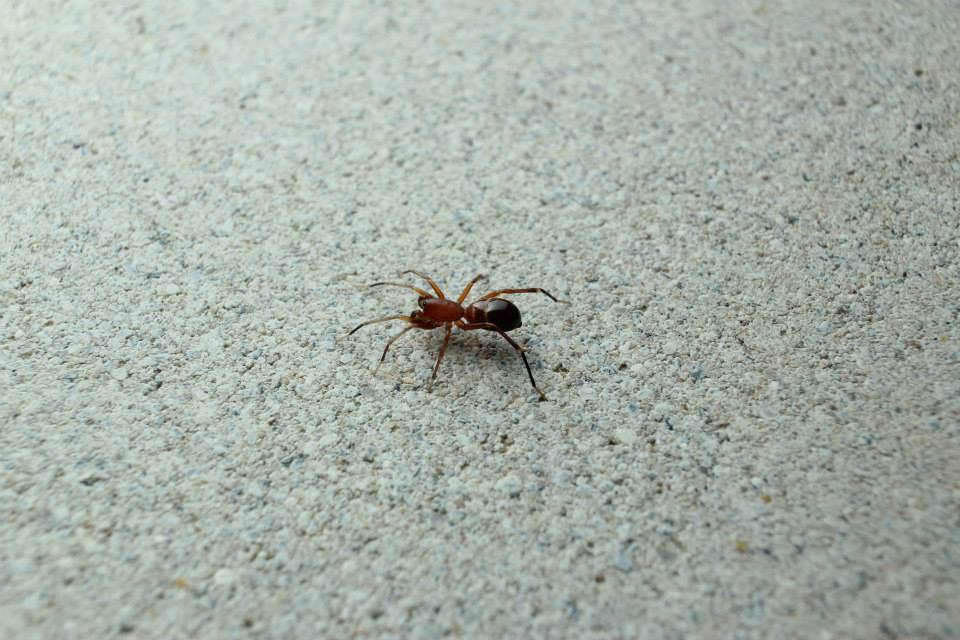
Crab Spiders
These sometimes brightly colored and distinctly shaped spiders (family: Thomisidae) can also be found worldwide. They are called crab spiders because of the way that their two pairs of front legs (which are longer than the rest of their legs) are positioned, in addition to their sideways and backwards movement which can be crab-like. These are another group of non-web making spiders which act as ambush predators. Sometimes referred to as “flower spiders”, they can be found perched on a flower, waiting for a visitor to stop by for some nectar before they pounce.
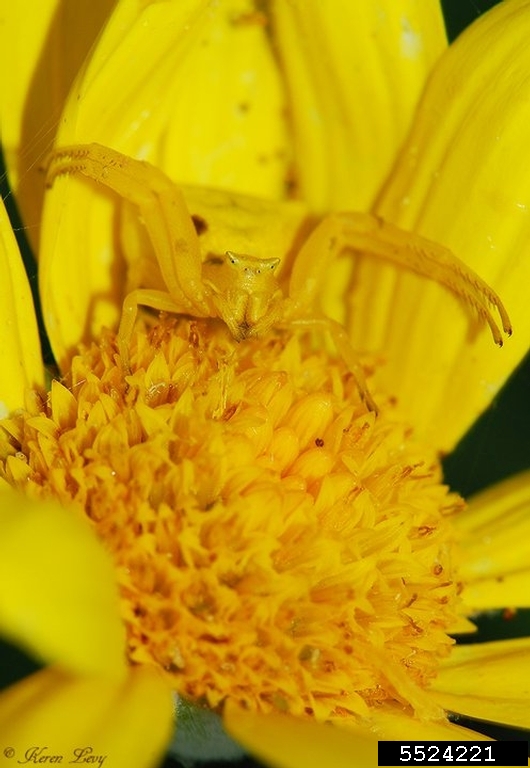
Photo: Keren Levy, Bugwood.org
Lynx Spiders
Lynx spiders (family: Oxyopidae) are another group of ambush hunters that target prey species found on plants. Similar to crab spiders, some species can also capture pollinators while they patiently await them on flowers. Due to their often green and brown coloration, they can camouflage themselves in plants, making hunting for prey easier. Species in this group are also known to be important for biocontrol in agricultural systems.
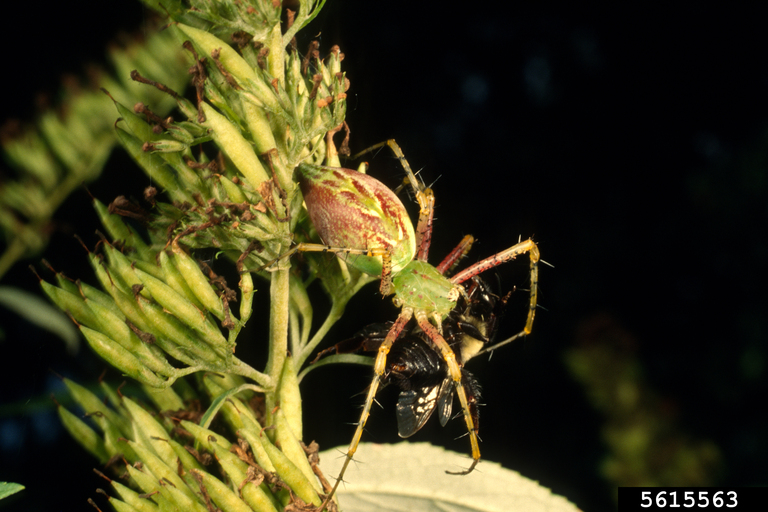
Photo: Joe Culin, Clemson University, Bugwood.org
Funnel-Weavers & Grass Spiders
Funnel-weavers (family: Agelenidae) are another cosmopolitan group of spiders known for their very quick speeds and their unique webs. Named for the structure of their webs, which looks like a flat sheet that tapers into a funnel-shape, these spiders lay in wait for prey that walk across these sheets, triggering vibrations that cause the spider to ambush them. Although these webs are not sticky (unlike sections of orb-weaver webs), they do contain a lot of silk fibers that can entangle their prey. Once the prey have been subdued by a quick bite, the funnel-weaver grabs their tasty meal and retreats back into the safety of its funnel. Not to be confused with funnel-web tarantulas, these spiders can create their funnel-shaped webs in leaflitter, on soil, or in grass. This family includes grass spiders and also the common house spiders. Some species may seek refuge indoors during the winter time (an example being Hobo spiders), which can sometimes be a nuisance for people.
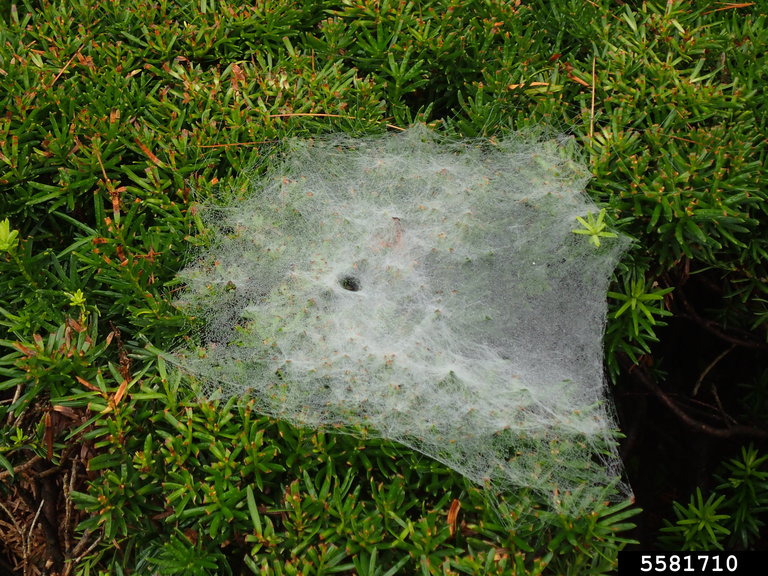
Photo: Whitney Cranshaw, Colorado State University, Bugwood.org
Sheet Weavers
Sheet weavers or money spiders (family: Linyphiidae) are a group of very tiny spiders, containing over 4700 species worldwide (making them the second largest family after jumping spiders). Although they are very widespread, their small size makes them easy to miss. Many species of Lyniphiids are considered excellent biocontrols of small soft-bodied arthropod pests such as aphids.
Harvestmen
Although Harvestmen (Order: Opiliones) may greatly resemble them, they actually aren’t spiders, even though they are arachnids. They do have 8 legs, but only have one body segment, no fangs or venom glands, and do not produce any silk. They are sometimes referred to as daddy-longlegs, not to be confused with daddy-longlegs spiders, which are in fact spiders in the family Pholcidae. There are many tall tales associated with this group of spiders so to learn more about them check out the resources. Harvestmen prefer moist environments such as caves, leaflitter, and under logs. They are omnivores and opportunistically feed on decaying vegetation, carrion, animal waste, and small arthropods. They can also aggregate together to retain moisture (which can be quite a sight to behold).
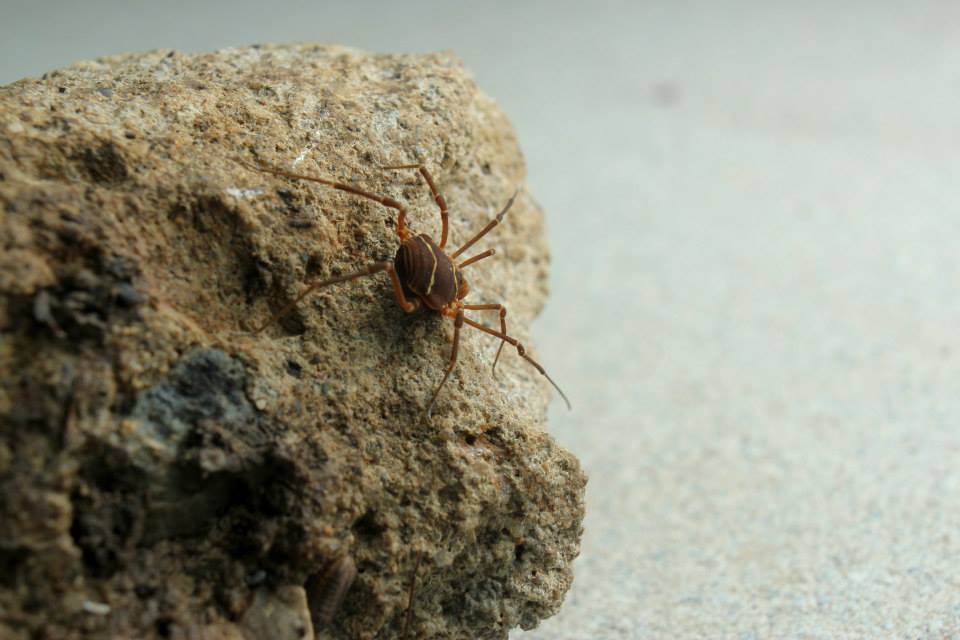
Benefits of Spiders
Due to their carnivorous diets, diverse hunting behaviors, and widespread distributions, spiders are excellent beneficial organisms which can reduce pest populations in a wide variety of landscapes. They are also well-known as naturally-occurring biological controls in many agricultural and horticultural systems. Several studies have been conducted which demonstrate the benefit of a variety of groups of spiders in these systems. Spiders can reduce populations of common groups of pests including caterpillars, aphids, leafhoppers, planthoppers, and beetles.
Many groups of spiders can be found in agricultural systems. An analysis by Young and Edwards (1990) demonstrated the presence of over 600 spider species spanning 26 families found in 9 specific field crops in the United States. According to their analysis: 5 spider families comprised the majority found in field crops including Salticidae [jumping siders], Linyphiidae [sheet weavers], Araneidae [orb-weavers], Theridiidae [tangle-web spiders], and Lycosidae [wolf spiders] (Young and Edwards, 1990). A study conducted by Akhtar et al. (2024) showed 45 spider species spanning 13 families in maize crops in the Punjab region of Pakistan. The families that made up the majority of these species included Araneidae [orb-weavers], Lycosidae [wolf spiders], and Salticidae [jumping spiders] (Akhtar et al., 2024). These are just a couple of examples of studies that have been conducted, though there are many more you can find!
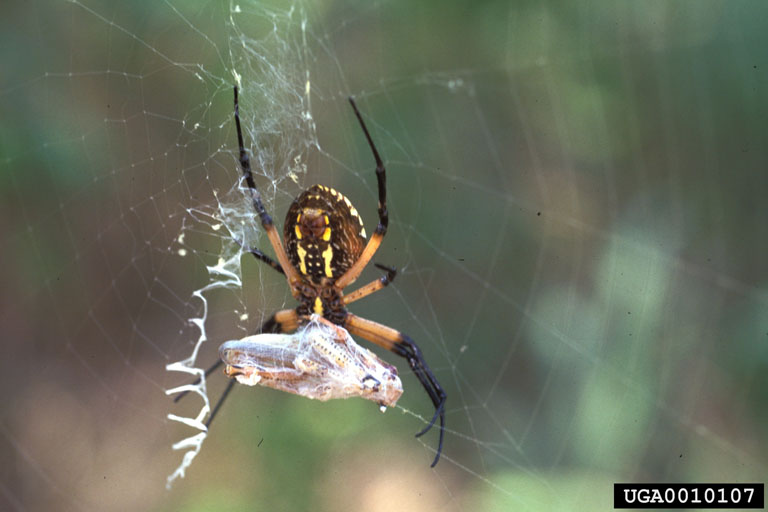
Photo: Ronald F. Billings, Texas A&M Forest Service, Bugwood.org
Several studies have also demonstrated that presence and density of spider populations resulted in an increase or improvement in crop production. A meta-analysis conducted by Michalko et al. (2019) evaluated 58 studies conducted on the impact of spider density on crop performance and found an overall positive result. Agricultural pest insects were suppressed in situations of higher spider density in 79% of cases. Their efficacy in biocontrol varied depending on the type of crop, but was highest in rice, grape, cabbage, and wheat systems (Michalko et al., 2019).
As more research continues to be conducted, I am sure that we will find many more instances in which spiders improve crop productivity through the suppression of common pests.
Protecting and Conserving Them
All of these studies show that the presence of beneficial organisms like natural enemies can be important natural biological controls which can assist us in having a more productive garden (whether the scale of production is large or small). As such, thinking about protecting and conserving these awesome generalist predators is in our best interest.
Implementing practices that can reduce negative impacts on spiders, and creating a landscape that favors them can have wonderful benefits for our gardens. Much of this can also be intuitively considered when you think about the biology and hunting behavior of these groups of spiders. A study conducted by Mashavakure et al. (2019) on the impact of farming practices on spiders in southern Africa showed a variety of common trends which can be adapted for gardens of different scales. In this study, they showed that the two factors that had the largest impact on spider populations were tillage and mulching (Mashavakure et al., 2019). Practices with minimum tillage had highest populations of Lycosidae [wolf spiders], Gnaphosidae [ground spiders], and Salticidae [jumping spiders] (Mashavakure et al., 2019). Plots that had the lowest mulching levels also had the highest populations of Gnaphosidae [ground spiders] and Thomisidae [crab spiders] (Mashavakure et al., 2019).
Structural complexity and diversity of vegetation is another way that you can conserve and increase beneficials in the landscape (including spiders). Having a variety of plants of different sizes and maintaining this habitat year-round can provide shelter, hunting spaces, and overwintering sites for spiders in the home landscape. In addition, reducing practices that can harm beneficials including practicing IPM and reducing the use of broad spectrum insecticides, also goes hand in hand with creating more habitat for spiders.

Photo: David Cappaert, Bugwood.org
I hope this post illuminated some of the diversity and beauty of our favorite 8-legged garden companions. Even if some may not want to snuggle up to them, we as gardeners can always appreciate the importance of these amazing creatures in our landscapes.
Resources:
Daddy-longlegs myths: https://spiders.ucr.edu/daddy-long-legs
Overview of Spiders in Agriculture: https://vegcropshotline.org/article/insect-spotlight-spiders-an-overview-of-their-role-in-agricultural-systems/
Young, O.
P., & Edwards, G. B. (1990). Spiders in United States field crops and their
potential effect on crop pests. Journal of Arachnology, 1-27.
https://www.researchgate.net/profile/G-Edwards/publication/256082787_Spiders_in_United_States_field_crops_and_their_potential_effect_on_crop_pests/links/00463539065408dc43000000/Spiders-in-United-States-field-crops-and-their-potential-effect-on-crop-pests.pdf
Akhtar, N., Tahir, H. M., Ali, A., Ahsan, M. M., & Abdin, Z. U. (2024). Assessment of Biodiversity and Seasonal Dynamics of Spiders in Maize Crops of Punjab, Pakistan. Journal of Asia-Pacific Biodiversity.
https://www.sciencedirect.com/science/article/pii/S2287884X2400061X
Mashavakure, N., Mashingaidze, A. B., Musundire, R., Nhamo, N., Gandiwa, E., Thierfelder, C., & Muposhi, V. K. (2019). Spider community shift in response to farming practices in a sub-humid agroecosystem of southern Africa. Agriculture, Ecosystems & Environment, 272, 237-245.
https://www.sciencedirect.com/science/article/pii/S0167880918304821
